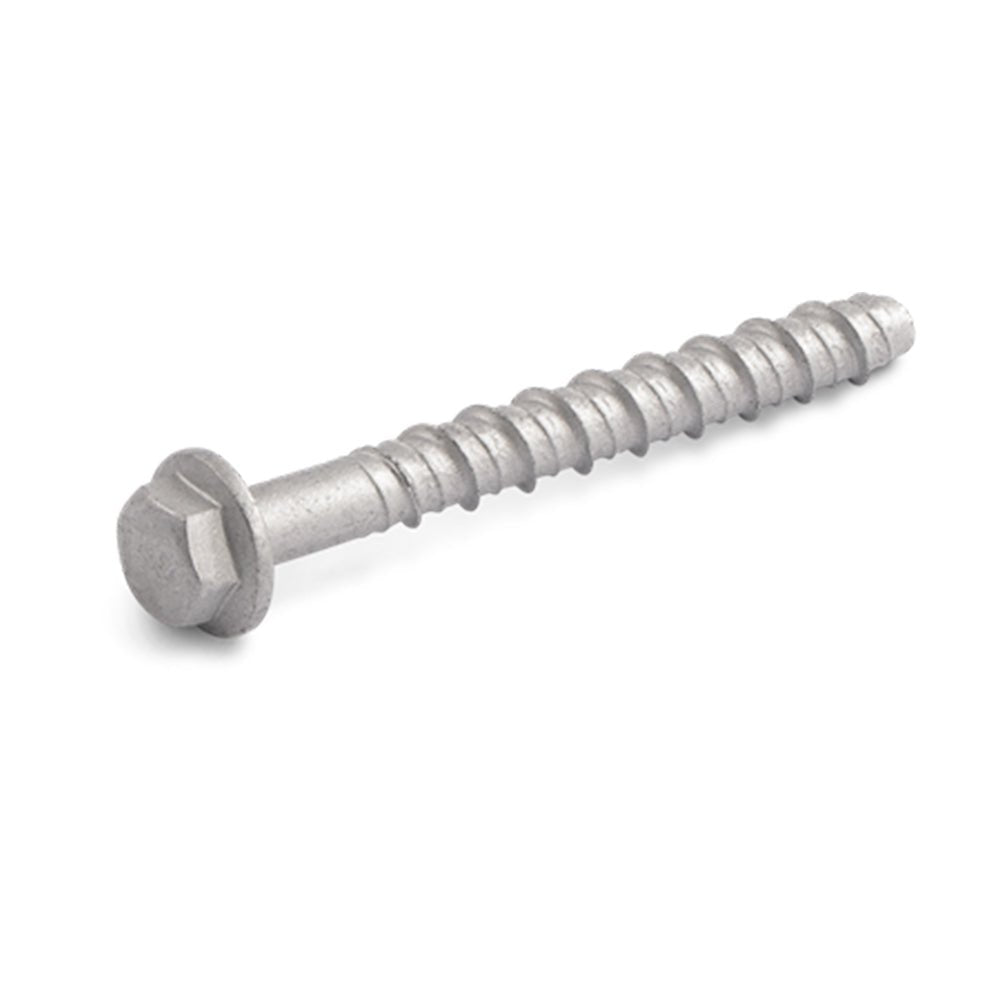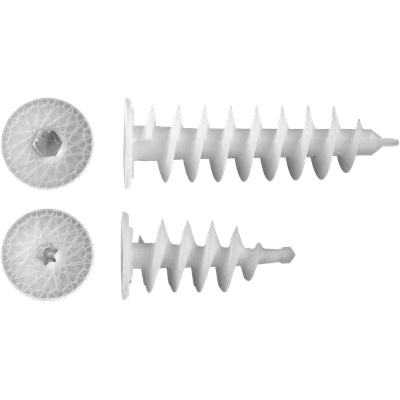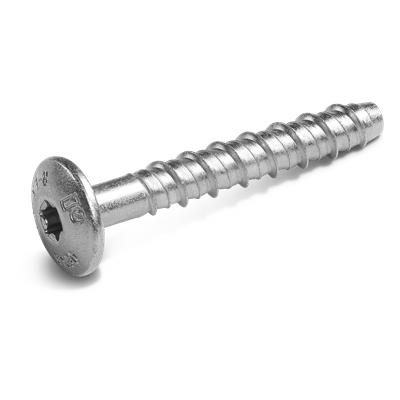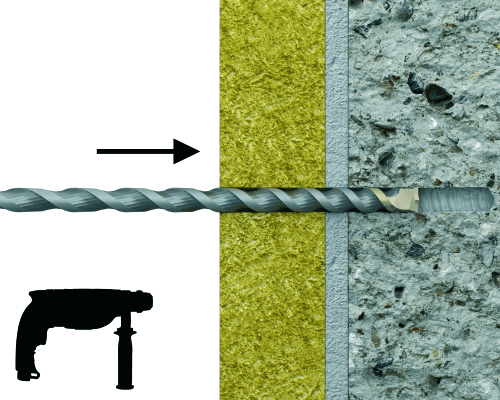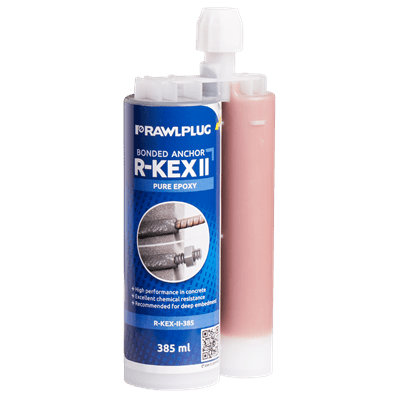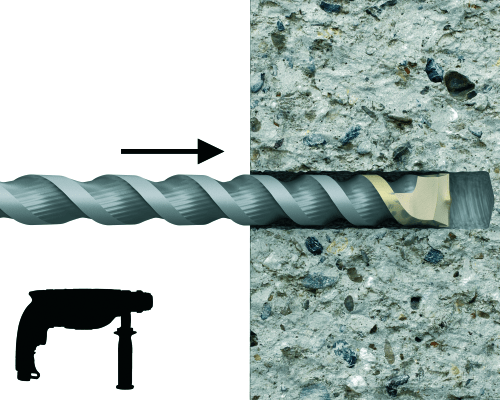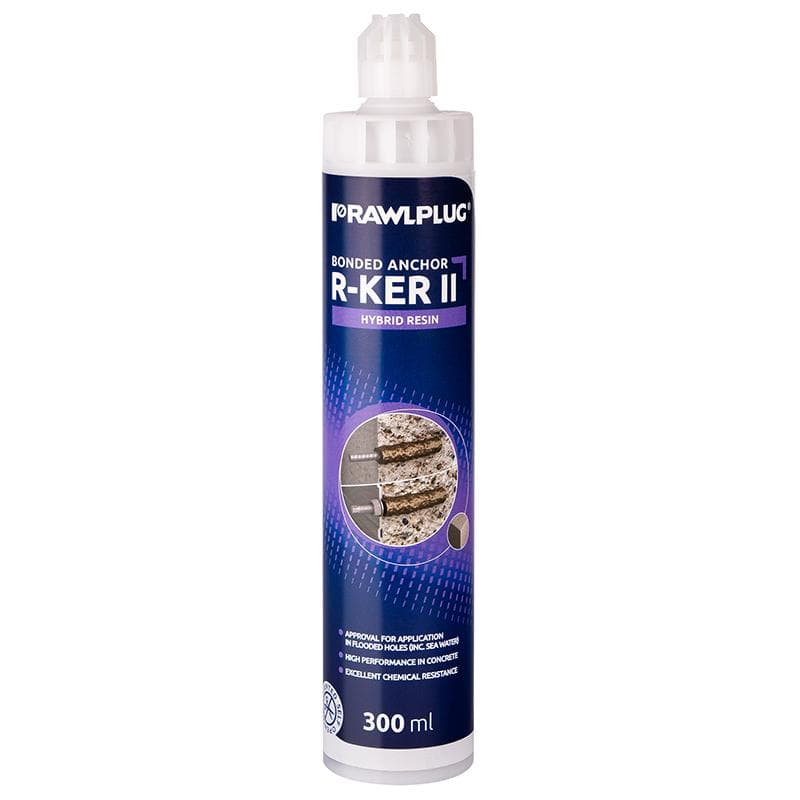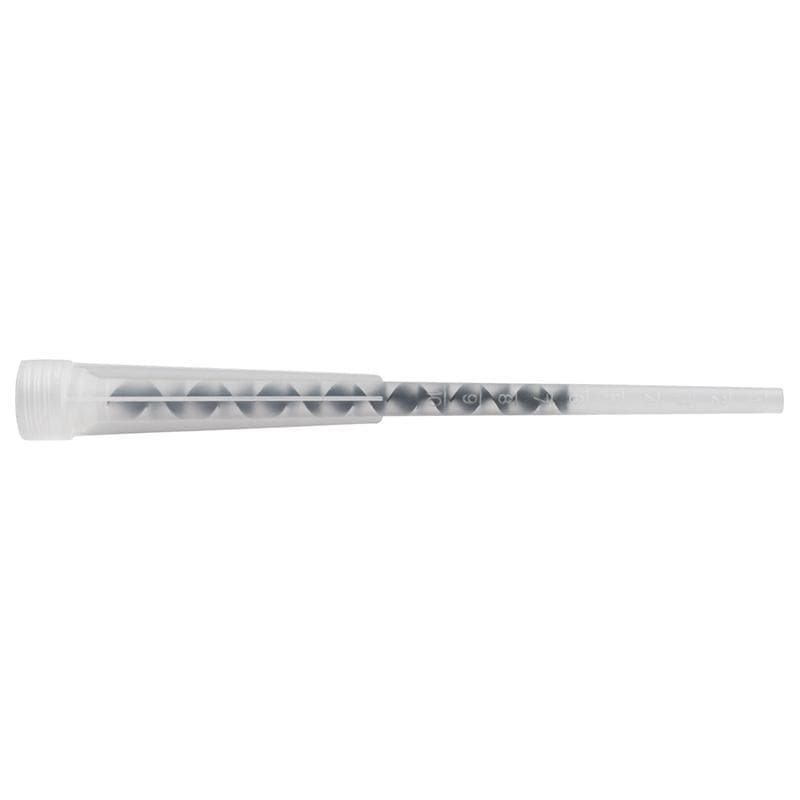Different Screw Head Types and Their Uses
Screws are an essential part of many projects, and the right screw head can make all the difference. There are many different screw head types available, each with its own advantages and disadvantages.
Countersunk Screw Heads
Countersunk screw heads are designed to sit flush with the surface of the material they are being screwed into. This makes them a good choice for applications where a smooth finish is desired. Countersunk screw heads come in a variety of shapes, including flat, oval, and round.
Non-Countersunk Screw Heads
Non-countersunk screw heads protrude from the surface of the material they are being screwed into. This makes them a good choice for applications where a raised head is desired, such as when attaching hinges or handles. Non-countersunk screw heads come in a variety of shapes, including flat, round, and dome.
Phillips Screw Heads
Phillips screw heads are the most common type of screw head. They are characterized by a cross-shaped recess in the head. Phillips screw heads are easy to drive with a Phillips screwdriver, and they provide good grip and torque.
Pozidriv Screw Heads
Pozidriv screw heads are a newer type of screw head that is designed to provide better grip and torque than Phillips screw heads. Pozidriv screw heads have a star-shaped recess in the head that fits into a Pozidriv screwdriver.
Torx Screw Heads
Torx screw heads are a type of screw head that is designed to provide even better grip and torque than Phillips or Pozidriv screw heads. Torx screw heads have a six-pointed recess in the head that fits into a Torx screwdriver.
Other Screw Head Types
In addition to the screw head types mentioned above, there are a number of other screw head types available. These include:
- Button head screws
- Cheese head screws
- Fillister head screws
- Flange head screws
- Hex head screws
- Pan head screws
- Round head screws
- Socket head screws
- Truss head screws
The best screw head type for a particular application will depend on a number of factors, including the material being screwed into, the amount of torque required, and the desired appearance.
Here are some additional tips for choosing the right screw head type:
- Use a countersunk screw head when a smooth finish is desired.
- Use a non-countersunk screw head when a raised head is desired.
- Use a Phillips screw head for most applications.
- Use a Pozidriv screw head for applications that require more torque.
- Use a Torx screw head for applications that require even more torque.
- Consider the size and shape of the screw head when choosing a screwdriver.
By understanding the different screw head types available, you can choose the right screw head for the job and get the best results.








